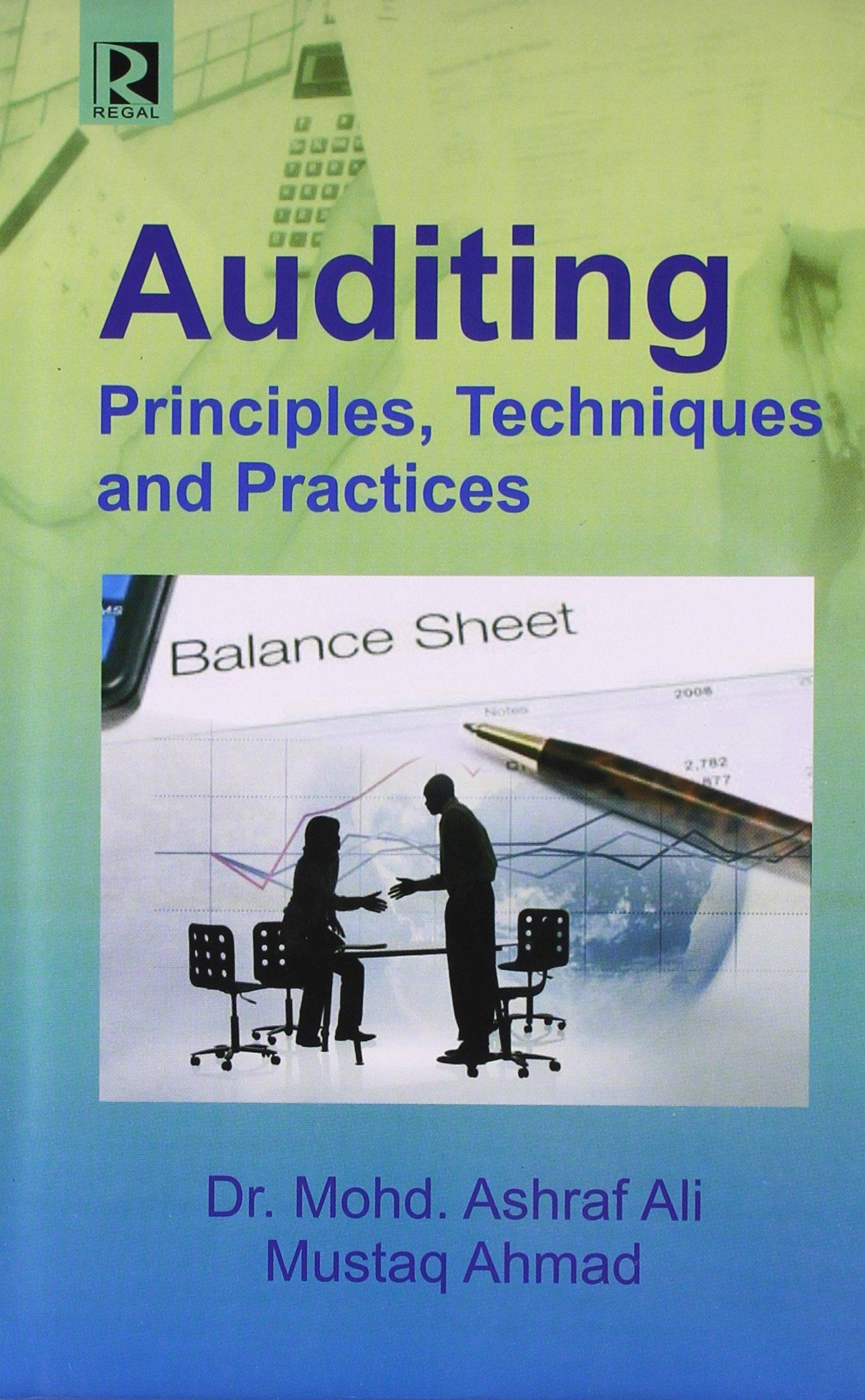Break-Even in Units, Target Income, New Unit Variable Cost, Degree of Operating Leverage, Percent Change in Operating Income Reagan, Inc., has developed a chew-proof dog bed-the Tuff-Pup. Fixed costs are $180,000 per year. The average price for the Tuff-Pup is $37, and the average variable cost is $25 per unit. Currently, Reagan produces and sells 20,000 Tuff-Pups annually Required: 1. How many Tuff-Pups must be sold to break even? 15,000 units 2. If Reagan wants to earn $76,800 in profit, how many Tuff-Pups must be sold? 21,400 units Foedback Y Check My Work 1. See Cornerstone 16.2. 2. Combine desired profit with fixed costs in the formula. Prepare a variable-costing income statement to verify your answer Reagan, Inc. Variable-Costing Income Statement Sales 791,800 Less: Variable cost 535,000 Contribution margin 256,800 Less: Fixed expenses 180,000 Operating income 76,800 Feedback Check My Work Remember a contribution margin income statement calculates contribution-margin not gross profit. 3. Suppose that Reagan would like to lower the break-even units to 9,000. The company does not believe that the price or fixed cost can be changed. Calculate the new unit variable cost that would result in break-even units of 9,000. If required, round your intermediate computations and final answer to the nearest cent. 17 4. What is Reagan's current contribution margin and operating income? Current contribution margin 240,000 Current operating income 0X Calculate the degree of operating leverage. Round your answer to three decimal places. 0X If sales increased by 10 percent next year, what would the percent change in operating income be? Use your rounded answer to the question above in your computations, and round your final percentage answer to two decimal places (for example, 45.555% would be entered as "45.56"). nearest cent. 17V 4. What is Reagan's current contribution margin and operating income? Current contribution margin 240,000 V Current operating income 0 X Calculate the degree of operating leverage. Round your answer to three decimal places. 0 X If sales increased by 10 percent next year, what would the percent change in operating income be? Use your rounded answer to the question above in your computations, and round your final percentage answer to two decimal places (for example, 45.555 % would be entered as "45.56"). What would the new total operating income for next year be? Round your answer to the nearest dollar. Feedback Y Check My Work 3. Use the long CVP formula and solve for variable costs: Operating profit [(price - variable costs) x units] - fixed costs. Remember, at break-even operating profit is zero. 4. Remember, there is a difference between unit contribution margin and total contribution margin. See Cornerstone 16.7. Operating leverage is concerned with the relative mix of fixed costs and variable costs in an organization. It is sometimes possible to trade off fixed costs for variable costs. As variable costs decrease, the unit contribution margin increases, making the contribution of each









